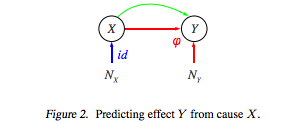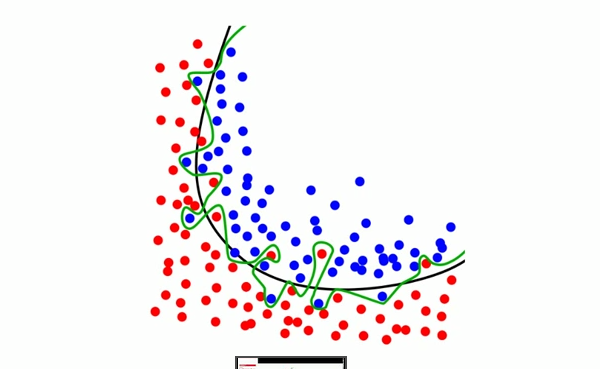Machine Learning With Statistical And Causal Methods
Last Updated on September 5, 2016 In November 2014, Bernhard Scholkopf was awarded the Milner Award by the Royal Society for his contributions to machine learning. In accepting the award, he gave a layman’s presentation of his work on statistical and causal machine learning methods titled “Statistical and causal approaches to machine learning“. It’s an excellent one hour talk and I highly recommend that you watch it. Statistical Learning On the statistical side, Scholkopf talks about empirical inference and generalisation. An interesting and motivating point he makes early […]
Read more








